Today’s Quick Lit post is my last one for 2018, and we’re ending on a high note. There are some excellent books in this batch, with plenty to discuss. Let’s dive in!
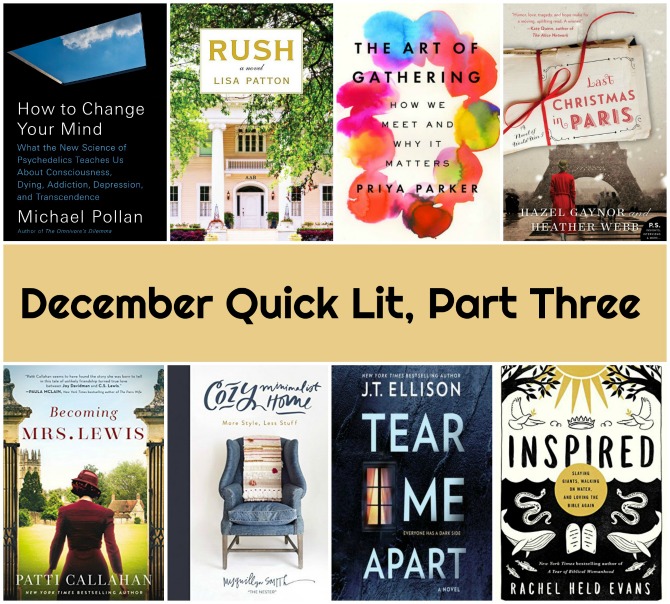
Becoming Mrs. Lewis, by Patti Callahan: I remember when C. S. Lewis first became a personal hero of mine. I was in sixth grade and was assigned to read The Lion, The Witch, and the Wardrobe (at my public elementary school). Midway through the book I began to notice that this book wasn’t like the other ones we had read at school; the story very clearly pointed to themes I was learning about at church. Aslan was Jesus! I had never read anything that seamlessly joined sacred themes with a fantasy story, and I was awed by this unique book. Since then I’ve read all of the Narnia books as well as several of Lewis’s other works. He is easily my favorite theologian (said every Christian ever), yet I knew little of his personal life. So, when this fictionalized retelling of the life of Lewis’s wife came onto my radar a few months ago, I knew it would be a must-read for me.
In the 1950s, American poet and writer Joy Davidman begins a written correspondence with C. S. Lewis, known to her as Jack. The letters are platonic; though Joy’s marriage is crumbling, she remains committed to her philandering alcoholic husband. In Jack, Joy finds a spiritual and academic mentor and kindred spirit, but not a romantic partner. Through letters that travel across an ocean to reach one another, Joy bonds with the renowned Oxford academian over theology and the written word. When Joy’s health begins to fail, she leaves her two sons in the care of her husband and cousin while she travels to Europe to recover. There, she and Jack meet in person and their friendship deepens, yet Joy remains faithful to her husband. Only when she returns home to encounter hardship and heartbreak does she bring her sons back to England to stay, and a love story between Jack and Joy begins to unfold.
I was more taken with the premise of this novel than the book itself. The modern narration and perspectives did not align with the time period, and I found the dialogue stilted, making it difficult to warm to the characters. Though the moral convictions of both Joy and Jack are seen in the dynamics of their relationship, their shortcomings are also quite apparent, and while I appreciate the author’s honesty in including these unsavory parts of their story, it was difficult for me to see Lewis (someone I’ve come to view as a great man of God) painted in this negative light.
That said, I was eventually won over by this love match that formed against all odds. I grew to care for the passionate Joy, who is torn between the longings of her heart and her moral convictions, and Callahan provides enough background information to help me understand her indiscretions. Joy is a flawed character, but still one that we can root for. Her brilliant mind and tender spirit are qualities rarely found simultaneously in one individual; it’s no wonder that she proved to be Lewis’s soul mate.
My favorite aspect of the book is the intellectual bond that forms between Jack and Joy. It was intriguing to see the ways that Joy’s ideas fed into Lewis’s work, and I appreciated the theological discussions woven into the narrative. Both Jack and Joy were former atheists, and I enjoyed watching God capture each character’s heart it unique ways.
In her afterward, the author acknowledges that there is a lot we don’t know about Lewis’s one great love story, but I still enjoyed this fanciful look at what their relationship could have looked like.
My Rating: 4 stars.
Tear Me Apart, by J.T. Ellison: Mindy Wright is a young competitive skier on the cusp of stardom when she shatters her leg on the slopes. During surgery, doctors discover that Mindy is suffering from leukemia and in need of an immediate stem cell transplant. But when blood tests are run on her parents in an attempt to find a donor, the family discovers that Mindy is not their biological daughter. The search for a match leads to the uncovering of family secrets, lies, betrayals, and the unearthing of skeletons that refuse to remain buried.
J. T. Ellison’s Lie to Me was one of the best thrillers I read this year (and there were quite a few of them), so I had high expectations for this book that weren’t quite met. I liked the format (multiple narrators, as well as a flashback storyline) and found the first half quite engrossing. By the middle, when answers began to be revealed, my interest waned. I had the mysteries solved very early on and was disappointed there weren’t more plot twists involved. I also struggled with the conclusion. (I can’t go into detail without revealing any spoilers, but I found it sad and disturbing on many levels.)
The book explores intriguing themes of mental health, family secrets, and the lengths we will go to in order to protect those we love. With its high-caliber writing and emotional complexity, this definitely isn’t a throw-away mystery, but it wasn’t a favorite either.
My Rating: 3.5 stars.
Inspired: Slaying Giants, Walking on Water, and Loving the Bible Again, by Rachel Held Evans: I’ve read two of Rachel Held Evans’ other books, both memoirs. Evans and I had very similar upbringings: raised in Christian homes, attending Evangelical churches, growing passionate for Jesus, products of the Christian subculture. While I have continued to follow this rather predictable path, Evans’ faith journey has been messier. She’s wrestled with hypocrisy within the church, inconsistent views of God, and especially with the Bible—a book she wants to love and trust, but simply can’t. It’s understandable: the Bible has been weaponized and grossly misinterpreted; it seems to discredit itself; and it is just plain hard to read. This complicated “magic book,” as Evans refers to it, is the subject of Inspired.
Despite what she was told in church growing up, Evans came to a point in her faith where she no longer viewed the Bible as a a science book or instruction manual. But that left her with an enormous question: what IS the Bible? How is it to be read? And, if it is truly the inspired word of God, what does that mean for those of us who read it?
Drawing from the work of fellow (progressive) Biblical scholars and her own interpretations, Evans analyzes the Bible, section by section, beginning with Origin Stories and ending with church stories of the New Testament. She helps readers understand the context within which each portion of the Bible was written, which should inform our modern interpretations. She attempts to shed light on, and then untangle, some of the apparent contradictions within this collection of stories that points to one, overarching story. Through it all, she wrestles with the text, landing upon some answers while evoking even more questions.
I definitely struggled with this book. Evans and I have very different views of the Bible (I favor a much more literal interpretation), and her attitudes toward scripture at times felt callous and dismissive. It wasn’t easy to see someone (especially someone who shares my faith) treat our sacred text—and even God—so irreverently. In many areas, Evans failed to convince me of her perspective; in others, she led me to question previously held assumptions about the Bible—which is good and necessary, but not comfortable.
As for what I liked about this book: as I mentioned, Evans challenged me to view the Bible through a new lens, and to be careful with my own interpretations, taking into consideration the broader context of a verse or chapter or even an entire book of the Bible before I rush to apply it to my own life. I loved her emphasis on God as a storyteller whose stories (i.e., the Bible) carry true and relevant messages, even when the specific details are up for debate, and I like how she connected this bigger story to our own stories. To apply the model to Evans’ own book, I would say I liked the broad story she is telling even while I grappled with the specifics. Although, some of those specifics did stand out to me: her perspectives on Jesus and the Gospel are particularly unique and powerful, and she offers the most compelling explanation for the Bible’s war stories that I’ve seen. I admire her willingness to live as though the stories of the Bible are true, even when she doubts their veracity.
I cannot say enough good things about the caliber of Evans’ writing. She is at once eloquent, comical, authoritative, and vulnerable, seamlessly weaving her own faith journey into research and Scripture itself. She is intelligent and passionate about her subject, and she is a fantastic storyteller: the imaginative retellings at the beginning of each section spoke to the creative elements within the Bible’s stories and provided new frameworks through which to understand these stories that had lost some of their poignancy for me.
This book probably won’t be a good fit for many conservative Christians. However, for those questioning their faith and struggling to make friends with God’s word, this book will engage their skepticism and hopefully offer renewed hope in the power of the Bible.
My Rating: 4 stars.
Last Christmas in Paris, by Hazel Gaynor and Heather Webb: In August of 1914, England is at war, and Evie Elliot watches her brother Will and his best friend Tom depart for the front. They believe, as most of England does, that the conflict will resolve quickly, and the three hope to be reunited in time to spend Christmas together in Paris. Through letters between each other, we learn of the horrors witnessed by the men, while Evie does her best to support them from a distance.
Meanwhile, Evie—a spirited young woman frustrated by the lack of opportunities for women to serve in the War efforts, as well as by the lack of accurate news being reported by the British government—begins to write a column for a local newspaper. She and Thomas share a passion for the written word, and as time passes, romance blossoms between the two, but mishap and misunderstanding threaten to keep them apart.
This is a beautifully written book featuring vibrant characters and a heartwarming love story. While it doesn’t downplay the atrocities of war, it is neither graphic nor gratuitous. The novel explores themes of feminism, the loss of innocence, courage, loyalty, and sacrifice—all heavy topics, yet the romantic elements and epistolary format (which is incredibly well done) preserve the book’s light tone and maintain the novel’s momentum. Having read many books set during the Second World War, this WWI setting made for a unique and intriguing backdrop.
Because of the title, I’d saved this book to read at Christmas time. It does have holiday overtones, which made for a fitting seasonal read, but I believe it could be enjoyed any time of year. Fans of historical romances will adore this one.
My Rating: 4.5 Stars.
The Art of Gathering: How We Meet and Why It Matters, by Priya Parker: We all spend a good portion of our lives gathering: whether for work meetings, parties, classes, or family get-togethers, we regularly find ourselves attending or even planning gatherings. In our digital age, in-person gatherings are more important than ever before, but according to Priya Parker—a professional conflict-resolution mediator—our gatherings have become unproductive and purposeless. In The Art of Gathering, Parker shows how convention and routine have become barriers to our deriving meaning and purpose from our experiences. She then puts forth a new model for creating intentional, memorable gatherings.
Drawing from her experience as a strategic facilitator, Parker begins by helping us understand why we gather: to acknowledge, to learn, to challenge, to change. With this in mind, we can begin to design purpose-driven gatherings. Parker walks us through the entire gathering process, from designing a mission statement to deciding who to invite, creating the right atmosphere, and ending strong. Her examples and explanations are fascinating and had me viewing my own gathering experiences (past and present) in a whole new light. I now understand why certain meetings I’ve attended have been a successful while others flopped, or why some dinner parties are invigorating while some leave me feeling empty.
Most importantly, this book set me up for success in arranging my own gatherings. Parker validated my tendencies to be a little over-the-top with my hostessing; opened my eyes to the importance of taking care with each step of the planning and execution of a gathering; and revealed aspects of gathering when it can be better to lighten up. Though some of Parker’s suggestions seem culturally subversive and counterintuitive, they are evidence-based and backed by sociological principles. They are also entirely actionable and empowering.
I can’t recall where or when I heard about this book, but somehow it ended up in my library queue and I’m so glad to have read it—fascinating and extremely applicable! I’ll never view a gathering in the same way again!
My Rating: 4.5 stars.
Rush, by Lisa Patton: This unique take on campus life takes place in present day Oxford, Mississipi, on the Ole Miss campus. Our story is told through three narrators. The first is Miss Pearl, a woman who has served for 25 years as the housekeeper and second mother to “her babies” in the Alpha Delta sorority house. The second is Wilda, an empty-nester recently appointed to the Rush Advisory Board by the wealthy and unscrupulous Alpha Beta Delta president. And third is Callie Watkins, a college freshman with a great resume but no pedigree.
Through these three women (all extremely likable protagonists), we experience the start-of-the-year Rush and all the drama it entails—for both the students and their parents. I have very little knowledge of the Greek system and was fairly shocked (and disgusted) to learn some of the ins and outs of this centuries-old tradition. The book goes beyond the college drama to explore deeper issues of systemic racism, complex familial relationships, wage inequality, and female friendship. I had anticipated a fluffy feel-good read when I picked up this book, but I was pleasantly surprised by the depth and complexity of the characters and their story trajectories. I find novels like this one to be excellent companion pieces to memoirs and nonfiction books I’ve been reading about the racial inequality in our nation—they are able to incorporate nuance and add flesh to issues that can seem sterile and unrelatable in nonfiction form.
In addition to poignant themes, the novel features compelling storylines, strong character development, a wonderful sense of humor, and some incredibly touching moments.
While there was so much to love about this book, I’ll admit to liking the first half much more than the second, which felt a little to earnest and pedantic. I also found the ending too convenient to my taste (though the Author’s afterward led me to view the end more favorably). Still, a strong read and a lovely (mostly non-problamatic) modern-day take on The Help.
My Rating: 4 stars.
How to Change Your Mind: What the New Science of Psychedelics Teaches Us About Consciousness, Dying, Addiction, Depression, and Transcendence, by Michael Pollan: If you had told me five years ago that I would one day read a book endorsing the use of psychedelics—WITH AN OPEN MIND, no less—I probably would have laughed in your face. I’m a product of the Hugs Not Drugs generation, and all of those Red Ribbon Week campaigns were effective in making me into just about as straight an arrow as they come. I’ve never smoked a cigarette or tried marijuana, I don’t drink alcohol (not out of any moral obligation, I just don’t like it), and though I took antidepressants for fifteen years, I have decidedly mixed feelings about prescription medications of any kind. It’s no surprise, then, that I’ve rarely given much thought to psychedelics, other than to categorize them as bad and totally off limits.
My views started to shift in the last couple of years as I began to hear about people using psychedelics such as LSD and psilocybin for medicinal and spiritual purposes. These experiences were further validated when I heard Michael Pollan interviewed on a handful of podcasts. His research intrigued me and I was eager to read his book.
In How to Change Your Mind, Pollan explores the science and history of psychedelic drugs. He explains that at one time they were considered revolutionary (in a good way) by the psychological community, and be makes a case for the validity of these drugs that are not addictive, toxic, debilitating, or destructive, despite the negative reputation they earned in the 1960s (for reasons he also gets into). Not only do they have few long term side effects, but psychedelics have been proven highly effective in treating addictions and mental illness. And by unlocking receptors in the brain, psychedelics have a profound ability to dissolve the ego and provide the user with life-altering spiritual experiences and enlightenment.
In addition to conducting thorough research on these drugs, Pollan underwent several experiments of his own, and he shares his bizarre yet promising experiences, as well as those of several other users. I was amazed by how frequently these individuals’ experiences led to spiritual awakenings and discoveries that very much align with my personal views of God and the Universe. Pollan’s exploration of spirituality, the subconscious, metacognitive abilities, and relative awareness were my favorite portions of the book. It was also astounding to read of mental health recoveries that were the result of psychedelic use.
Though I’m not rushing out to use psychedelics myself, Pollan convinced me that they are not the taboo substances I’d imagined. I can see how psychedelic use—when supervised by well-trained guides (not unlike pharmaceuticals taken under medical supervision)—could be beneficial for the purposes of physical, emotional, and spiritual healing. I would love to see more scientific research done in this area. It will be an uphill battle to make this happen: not only are the rapid and massive benefits of psychedelics bad news for the psychological and pharmacological businesses, they also have massive reputation hurdles to overcome. But with this book, Pollan succeeded in changing MY mind about these drugs and I’m sure I’m not alone; step one in psychedelics’ publicity campaign is complete.
While the information in How to Change Your Mind is fascinating, the book itself is quite long; I could have gotten just as much value from about half the length. Pollan is a great writer, capable of simplifying challenging topics and adding human interest to scientific information, but his numerous descriptions got a bit tedious after a while. I wanted more data and less memoir. If you’re looking for more information on this subject, I’d recommend looking for an abridged version of the book.
My Rating: 4 stars.
Cozy Minimalist Home: More Style, Less Stuff, by Myquillyn Smith: Like The Art of Gathering, this is a book that takes something we tend to take for granted (in this case, home decor) and infuses it with intention. I’ve followed Myquillyn (aka The Nester) for years and have enjoyed watching her decorating style evolve. In Cozy Minimalist Home, she discusses the transformation of her style from “more is more” to minimal, and she helps readers implement a cozy minimalist style (warm, and inviting, but not drowning in accessories) in our own homes.
The book begins by redefining the terms “cozy” and “minimal”. According to Myquillyn, cozy isn’t a style but a tool (something that sets the mood for connection), and minimal doesn’t have to mean stark or cold, it simply means “just enough to meet a goal.” With these terms in place, Myquillin shows us how to become curators of our home by making smart design choices with our decor. She walks us through the steps of designing an entire room, by first quieting the room (taking everything out) and bringing in items one at a time according to her specific formula.
I’m not exactly the target audience for this book: I’m not currently looking to redecorate my home, and as a follower of The Nesting Place blog, I was already familiar with most of these principles. In fact, I would have considered myself a Cozy Minimalist long before I heard the terms. But I still LOVED this book. Myquillyn’s approach makes so much sense and spans budgets, design styles, and home sizes. Though she definitely has a distinctive style, she doesn’t superimpose her preferences onto her readers; she is gracious with her style suggestions while remaining straightforward and no-nonsense about her principles and specific formulas. Her guidance is humorous and relatable, and her ideas are completely attainable. She helps us improve our homes, without making us feel bad about them. I came away with a number of fantastic and extremely specific design tips (as well as the “why” behind each one) that I will definitely keep in mind for the future.
This is a beautiful book filled with lovely images. But it’s so much more than a book about decorating. Myquillyn has a heart for both design and for community—both passions that are present within every page of this book. The Cozy Minimalist emphasizes that our desire for beautiful spaces is God-given, and that in creating a lovely home we are also setting the stage for connection, abundance, and rest.
My Rating: 4.5 stars.
That’s a wrap for December’s Quick Lit reviews. Thanks for joining me on this bookish journey! I’m linking up today with Modern Mrs. Darcy. If you’re visiting from Anne’s, thanks for stopping by! You can check out Part One of this month’s reviews here:
And Part Two of my December reviews can be found right here:
I have a few more book posts headed your way this month, including a round-up of my favorite books of the year. What was the best book you read this month?
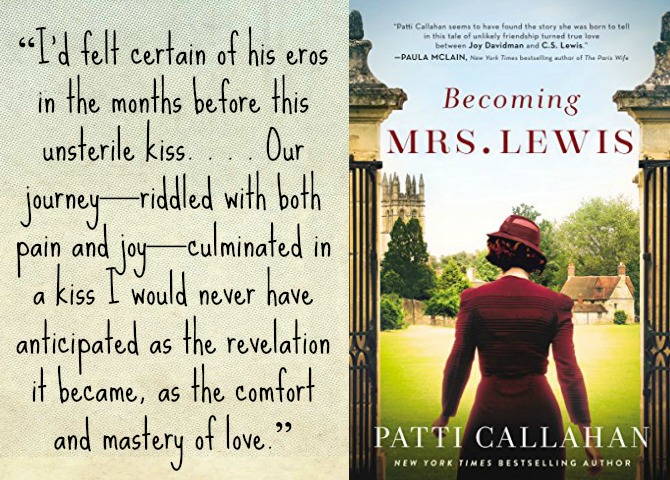
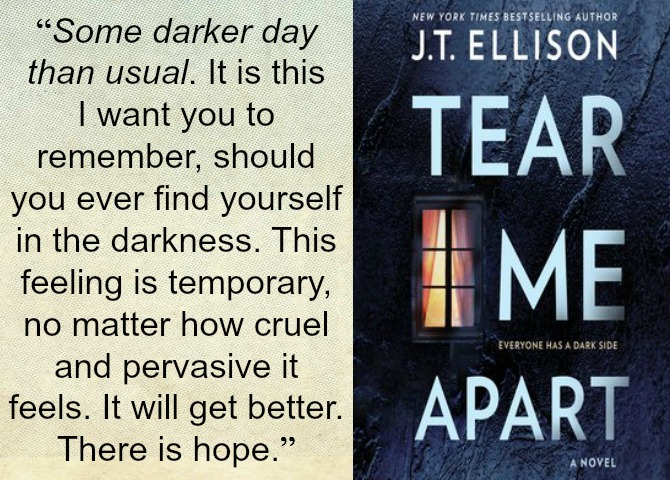
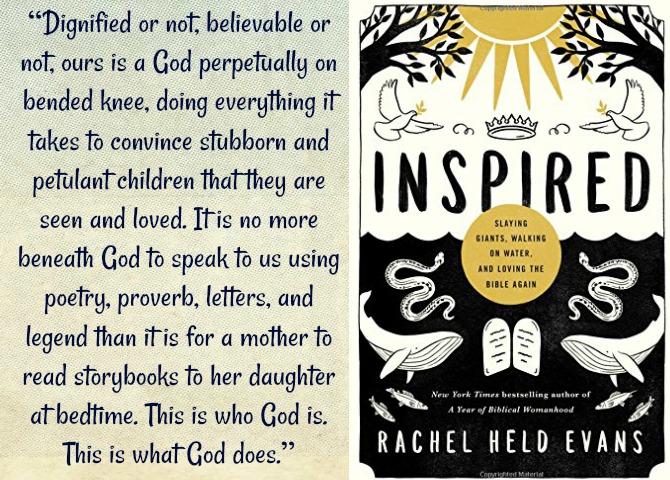
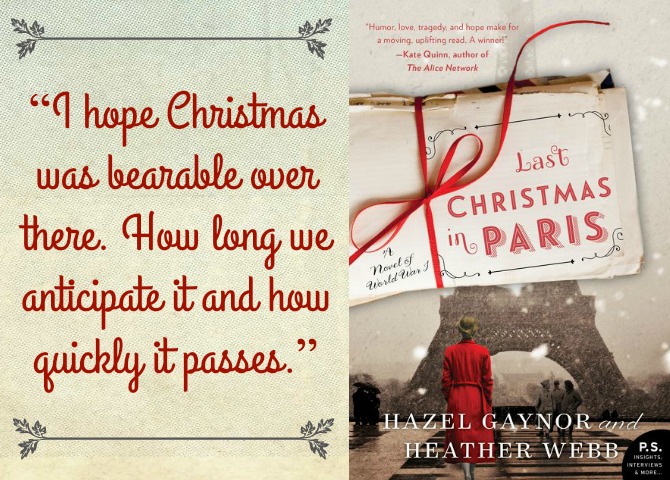
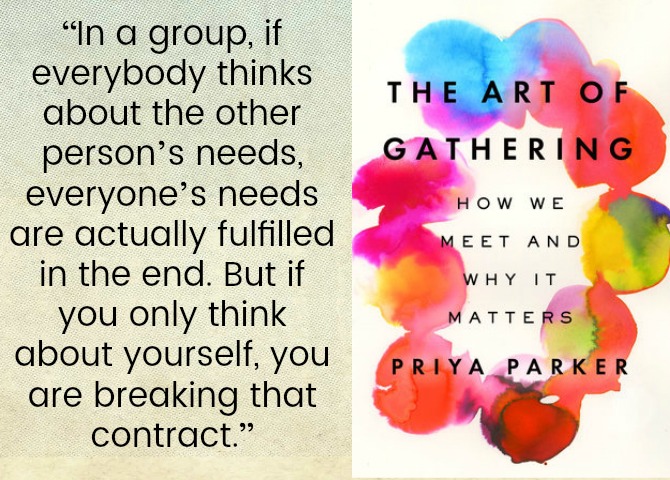
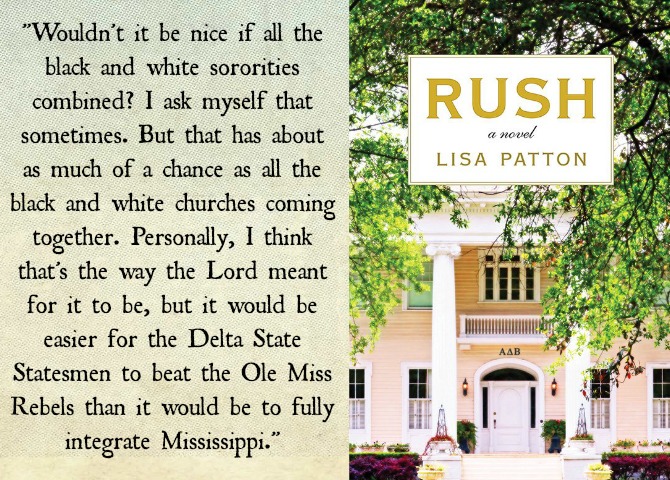
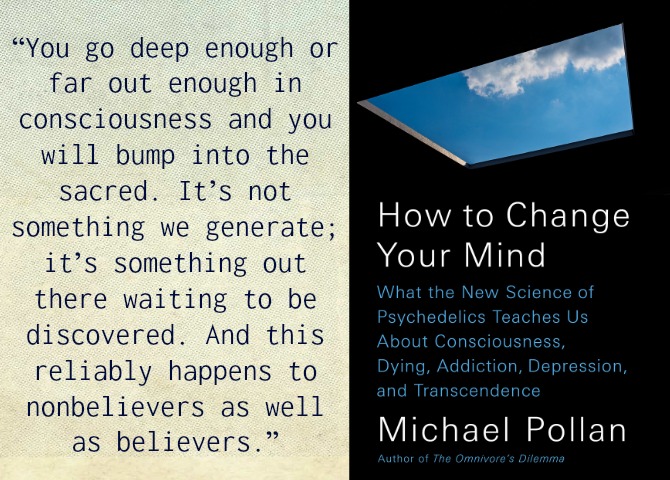
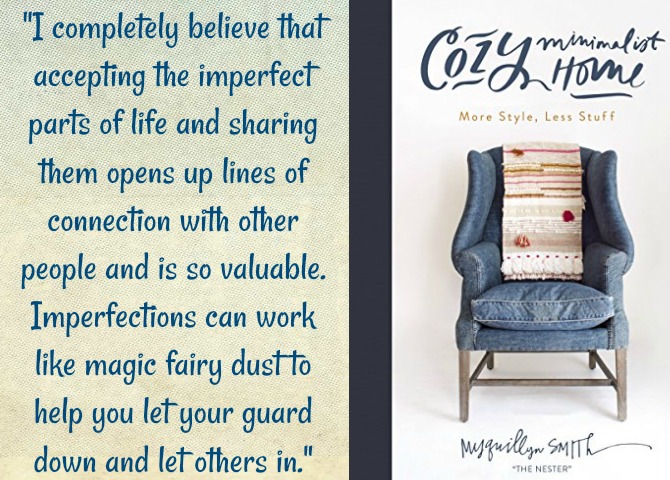
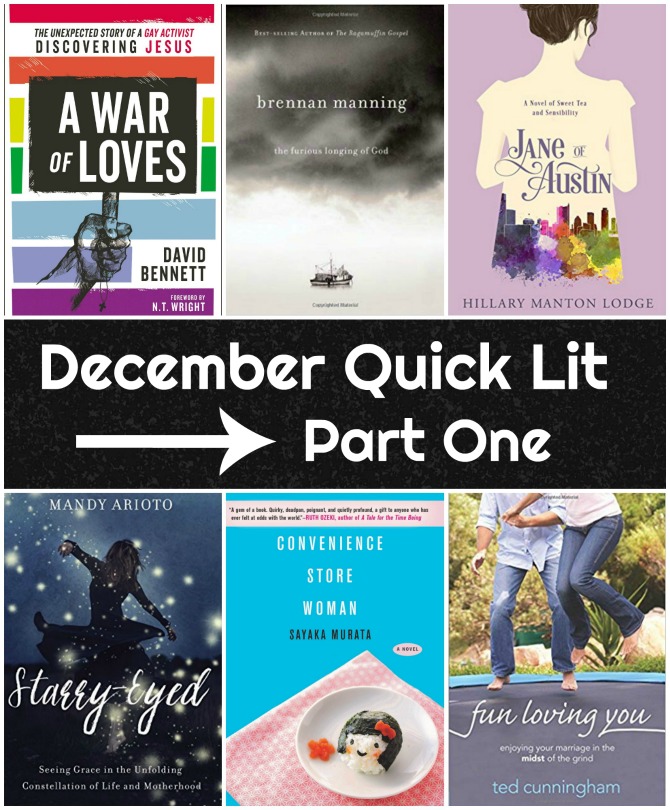
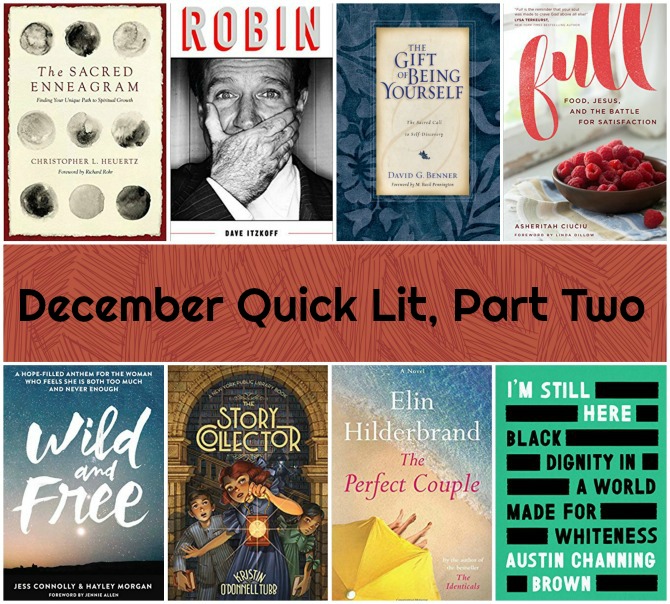
[…] Runner Up: Last Christmas in Paris (Review) […]